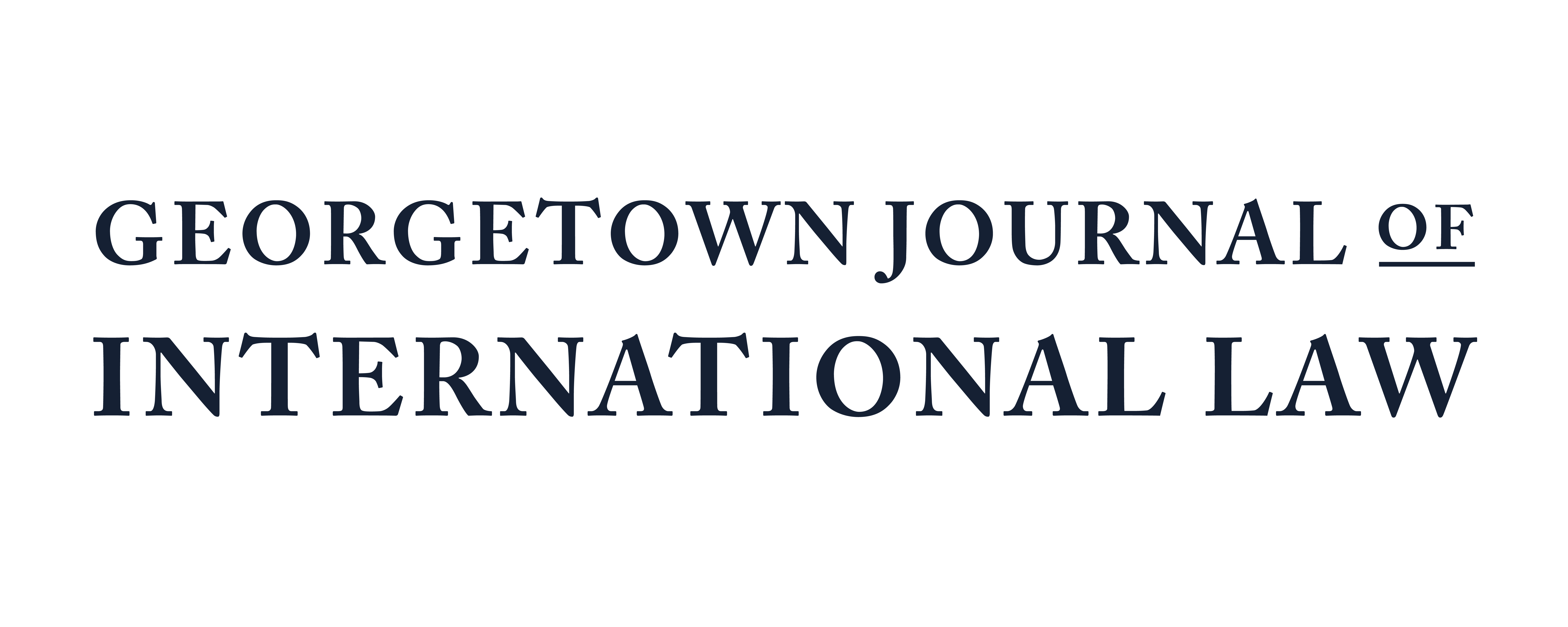Taxation and Women’s Fairer Representation in the U.S. and Brazil
April 29, 2021 by Digital Editor

The Brazilian Ministry of Finance, recently folded into the Ministry of Economy.
By Mariana Almeida
Over a year has passed since the World Health Organization declared the novel coronavirus to be a global pandemic. Focused on vaccine development and beating COVID-19, countries have been designing local strategies to align fiscal budgets and tax revenues with the implementation of public policies capable of overturning economic recession. Yet, in crafting such initiatives, countries must also address long-lasting societal issues that have only intensified during the pandemic, including gender discrepancies in taxation.
Initial reports suggest that women have been disproportionately affected by the commercial and social restrictions imposed to combat the virus; these measures have resulted in a decrease in the female labor supply. At the same time, women’s caregiving responsibilities have increased in many countries, including in the U.S. and Brazil, the two nations most affected by COVID-19 thus far. There are many factors, societal and otherwise, that have contributed to regressive trends in gender equality. Among these factors, especially in both aforementioned nations, are problematic tax systems that have contributed to the accentuation of gender inequalities over the past year. Gender bias in each tax code must be reformed so that women in the workforce suffer no further harm after the COVID-19 pandemic has ended.
In both the U.S. and Brazil, some of the most problematic tax elements were put in place during the Twentieth Century. The countries’ respective tax codes reflect the social foundations of those societies, as well as the views of the politicians who wrote them. These politicians and lawmakers were often from traditional, heteronormative families, in which the man, father and husband worked outside of the home (and paid taxes) while the woman, as mother and wife, worked inside the home without income. Thus, there are many American and Brazilian fiscal rules that continue to perpetuate an old-fashioned model of a nuclear family, which works against women’s interests.
In the U.S., for instance, married couples tend to opt for the joint filing option when filing their income taxes, which decreases a couple’s overall tax burden. This joint filing, however, can operate in ways that perpetuate an implicit gender bias. Specific tax credits, exemptions, and deductions are granted to couples who file jointly, which discourages partners from filing separately. However, women have historically been secondary wage earners in U.S. families, and while more women are becoming primary earners in U.S. households, female breadwinners head only about 40% of all households in the U.S. today. Due to the U.S. progressive tax system, which applies higher marginal tax rates on higher levels of joint income, women’s income is often taxed at a much higher tax rate after their revenue is added to the primary breadwinner’s source of income.
Essentially, the first dollar a woman makes as a secondary earner is taxed at the same high rate as the last dollar earned by the family’s primary earner, meaning secondary earners lose a significant chunk of their income – in some cases, upwards of two-thirds of their overall pay – to income taxes. By viewing families as a single economic unit with one shared income, the tax code ignores the fact that the upper taxation limit for women – when women do work as secondary earners – actually results in a lower net amount of earned wages for each female worker.
Without having a secondary earner in the family, it could be that higher tax rates would not be triggered, and the lower tax bracket would allow the family to take home a higher net income. If a family has children, a woman’s choice to work is further hindered by the additional costs that will be imposed in payment for daycare and babysitting, which would not be incurred if the woman were to choose to fill this caretaking role instead of taking a job outside of the home. This so-called secondary earner bias, therefore, has the potential to discourage married women from working outside the home.
The Brazilian tax system does not have a legal provision requiring joint filing for married couples. However, there are distortions inherent in the tax requirements regarding the deduction of child care expenses for married couples. The spouse with the higher taxable income, usually, is the one who benefits from the tax deductions related to the couple’s educational and health costs for their children, among other related costs.
In Brazil, where on average men make over 20% more than women (an even steeper divide than the 10% gap in the US), men are more likely to be the primary earner in any married couple. This means that male earners, who already have a higher income, also tend to benefit from tax deductions for all childcare expenses – while women, should they choose to work, do not receive any deductions on their gross income. Consequently, women in Brazil rake in lower net disposable income and face greater limitations on their social and economic autonomy.
Tax codes can perpetuate gender inequalities, but they can also be used as positive instruments of change that help reduce those gaps. The American Rescue Plan, which was recently approved by the U.S. government, has great potential to fall into the latter bracket. Extending the child tax credit can relieve the tax burden of female heads of households, a group severely affected by the pandemic that includes both married and unmarried working mothers.
U.S. national employment data shows that workers without minor children at home experienced greater job losses early on in the pandemic, but employment recovery has been faster, and with a better balance of wages between men and women. The same pattern was not observed among parents, in which gender gaps increased. Such widening is attributed especially to the greater number of female workers at industries and occupations most affected by COVID-19 and the extra caregiving responsibilities assumed by them.
Unmarried mothers were even more harmed by the pandemic, as they could not count on a spouse to offer alternatives for childcare, resulting in higher unemployment rates for longer periods. Therefore, the extension of the child tax credit not only reduces child poverty, but it has great potential to relieve the caregiving burden imposed on women who are their children’s primary caregivers, allowing working mothers to be able to afford third-party childcare.
With the Brazilian population composed of a female majority, the country might take a page from the American Rescue Plan, especially in its focus on resolving gender bias in tax. Considering a child tax credit in Brazil could be a positive change that may alleviate gender and social distortions promoted by tax rules. For example, even though Brazilian women are far more likely than their male counterparts to fulfill the role of caregiver for children, child alimony is reported as taxable revenue, while those amounts can be deducted from the taxes of whichever parent made the payments. Therefore, current tax rules reduce women’s net amount available for childcare, highlighting the importance of public policies that help relieve the tax burden for raising children that women often shoulder.
These explicit and implicit social discrepancies reinforce the urgent need to review gender bias in tax regulations. Reshaping tax laws and remedying gender bias is necessary to create a tax system that is truly gender neutral.
Moreover, analysis of tax codes and revenues can offer parameters by which citizens can measure whether governments are safeguarding taxpayer’s fundamental rights, and can even act as a catalyst for social movements. For example, the women’s suffrage movement in the U.S., inspired in part by the American War of Independence (1775-1783), adopted as one of its battle cries: “No taxation without representation.” Through this mantra, women claimed their right to vote and demanded equal conditions to men. Tax resistance is a proven way to secure social progress.
Designing and implementing a tax structure that recognizes and respects social issues will be one of the biggest challenges the U.S. and Brazilian governments must overcome to guarantee a solid economic recovery after the pandemic. Amending tax rules that have proven to widen the gender gap will be imperative in the fight to narrow this gap and provide women with fairer representation in the workforce.
Mariana Almeida is a Tax LL.M. student at Georgetown University Law Center, where she also serves as an LL.M Digital Advisor and Diversity Committee member for the Georgetown Journal of International Law. Mariana graduated from São Paulo’s Pontifical Catholic University (PUC) Law School and has a master’s degree in taxation from INSPER (São Paulo-Brazil). She has extensive research experience, and co-authored the report, “The Political Refugee Concept and its Implications in the Brazilian Legal System,” which was subsidized by the Brazilian Ministry of Science and Technology. Mariana is also a member of the Obama Foundation-supported “Constitution in the Schools Project,” which is committed to teaching public school students about their constitutional rights and duties.

